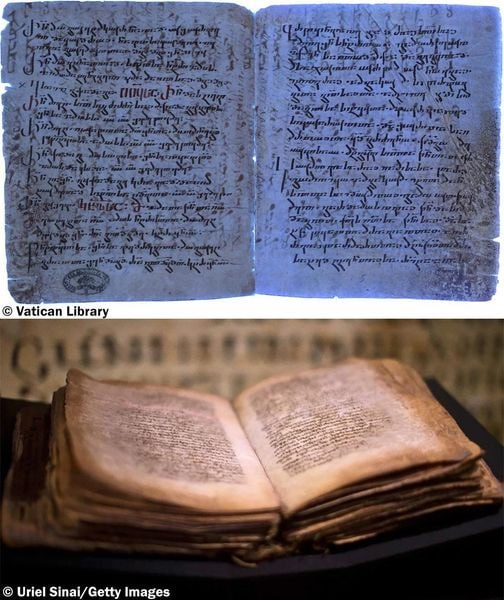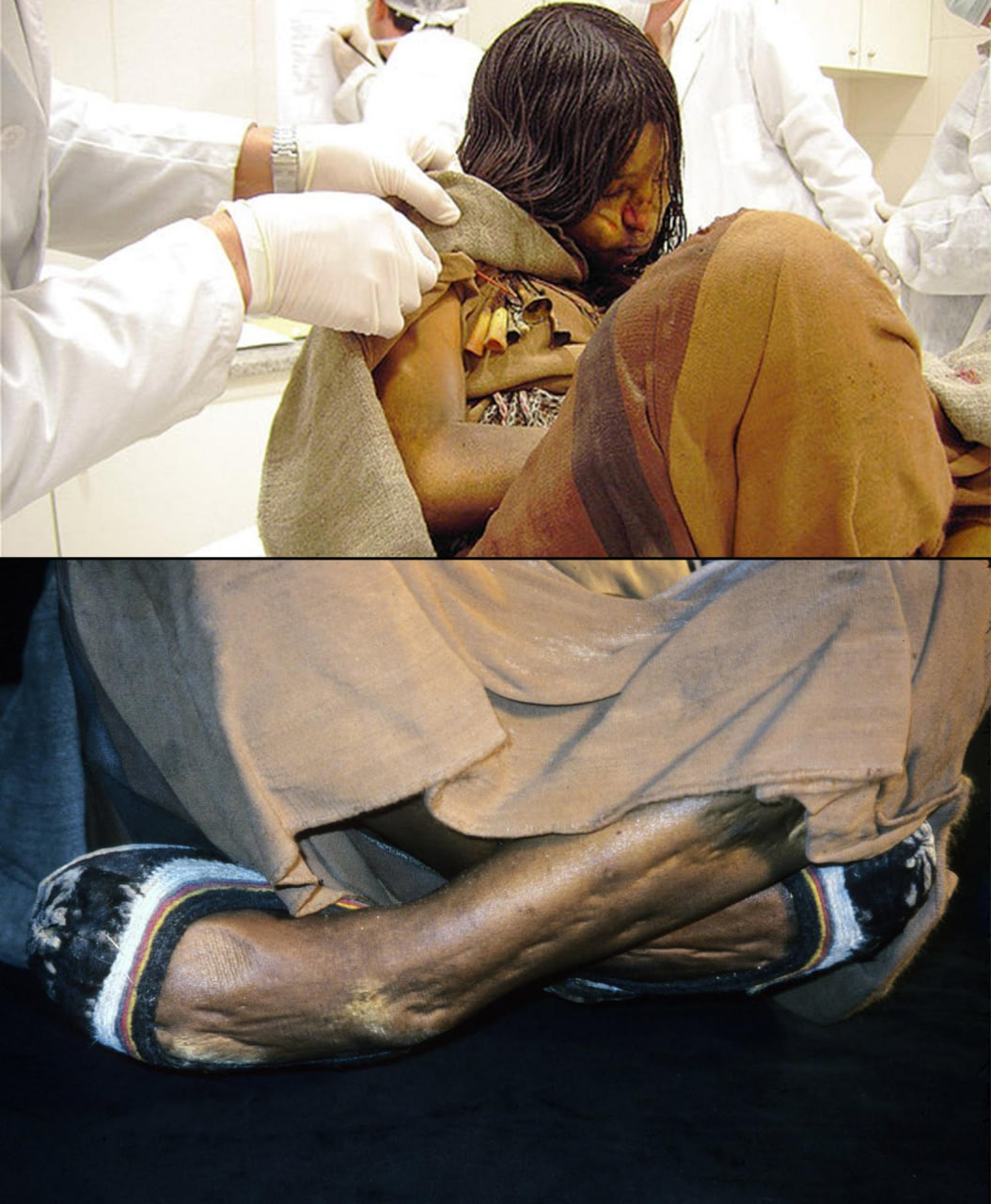In the annals of military history, few battles evoke as much intrigue and fascination as the Battle of Waterloo, a decisive clash that brought an end to the Napoleonic Wars. Amidst the chaos and carnage of the battlefield, relics from this monumental conflict offer a tangible connection to the past. One such relic is the armour worn by 23-year-old Antoine Fauveau, a cuirassier in Napoleon's army. Join me as we delve into the story behind this poignant artifact, shedding light on the life and legacy of a soldier who fought and fell at Waterloo.
A Symbol of Courage: Antoine Fauveau's Armour
Antoine Fauveau's armour serves as a tangible reminder of the human cost of war and the bravery displayed by those who fought on the battlefield. Crafted from metal and leather, this piece of armour provided vital protection to its wearer amidst the chaos of combat. As a cuirassier, Fauveau would have been at the forefront of the action, charging into battle on horseback with lance and sword in hand. His armour, scarred and battered by the rigors of war, bears witness to the ferocity of the conflict and the sacrifices made by soldiers like Fauveau in service of their cause.

A Glimpse into the Past: The Pay Book Discovery
In addition to its protective function, Fauveau's armour also contained a poignant relic—a pay book, detailing the life and service of the late conscript. Within its pages, one can find glimpses of Fauveau's life, from his conscription into Napoleon's army to his experiences on the battlefield. This remarkable discovery offers a rare insight into the personal stories of the soldiers who fought at Waterloo, humanizing the conflict and reminding us of the individuals behind the ranks and regiments.

Honoring the Fallen: Remembering Antoine Fauveau
Antoine Fauveau's story serves as a poignant reminder of the human toll of war and the sacrifices made by countless individuals in the pursuit of glory and honor. As a young cuirassier, Fauveau would have faced the horrors of battle with courage and determination, inspired by his loyalty to Napoleon and his comrades-in-arms. His armour, now a silent witness to history, stands as a testament to his bravery and resilience in the face of adversity, ensuring that his memory lives on for future generations to honor and remember.

The armour of Antoine Fauveau offers a poignant glimpse into the tumultuous events of the Battle of Waterloo and the lives of those who fought and fell on the battlefield. From its scarred surface to the pages of its pay book, this artifact serves as a tangible link to the past, reminding us of the human stories behind the history books. As we reflect on Fauveau's courage and sacrifice, we are reminded of the enduring legacy of the Napoleonic Wars and the profound impact they had on the course of European history.
Archaeological Significance:
The discovery of Antoine Fauveau's armour highlights the importance of archaeology in uncovering and preserving the tangible remnants of our past. Through meticulous excavation and analysis, archaeologists are able to piece together the stories of individuals like Fauveau, shedding light on their experiences, beliefs, and aspirations. By studying artifacts such as Fauveau's armour, we gain a deeper understanding of the human side of history, honoring the memory of those who came before us and ensuring that their stories are not forgotten.









